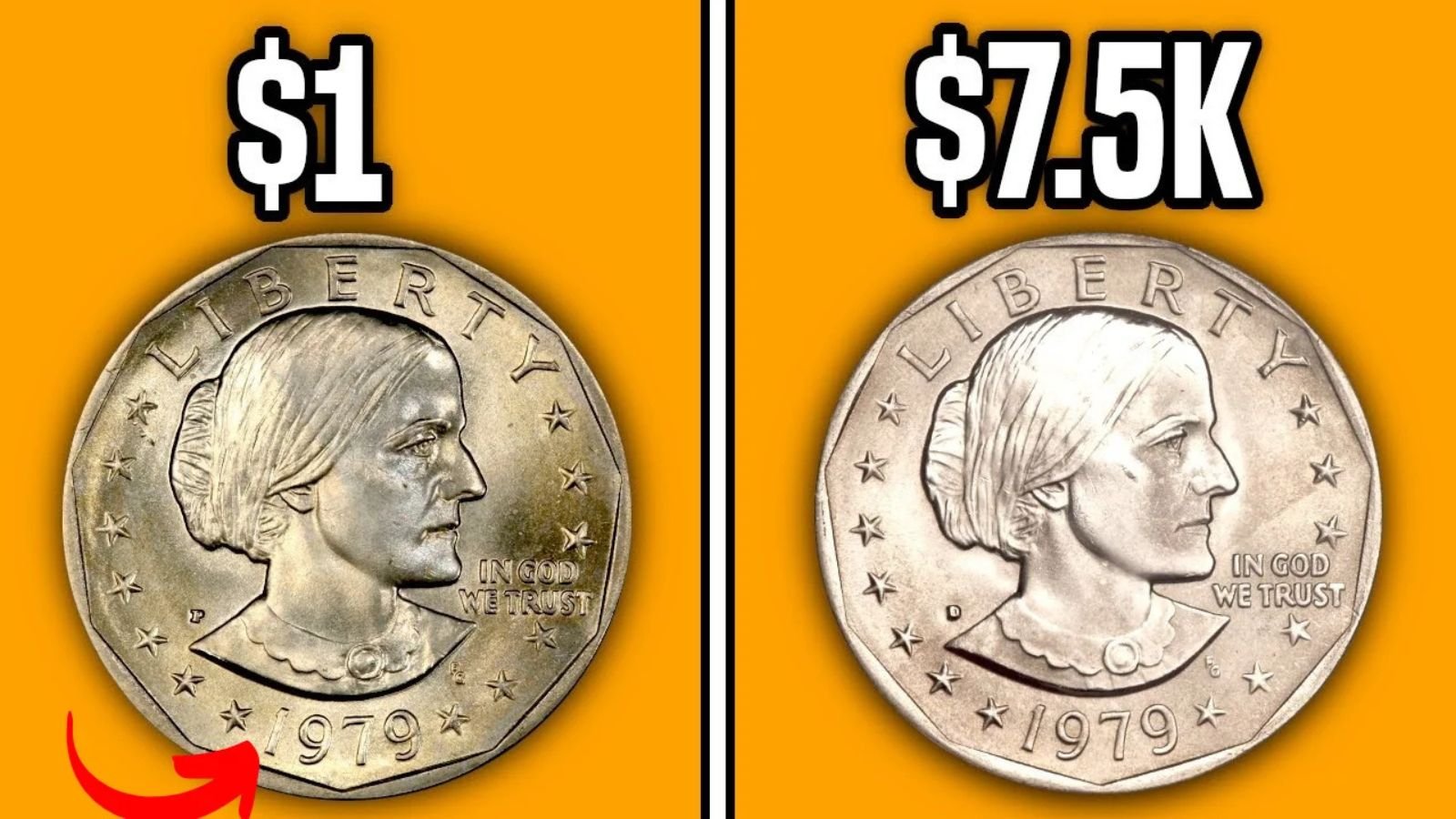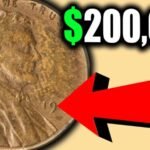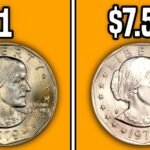The United States Mint’s State Quarters Program, which ran from 1999 to 2008, aimed to celebrate the unique identity of all 50 states. It certainly succeeded in getting the public excited about collecting coins again. While most quarters from the program are worth only face value, a few rare State Quarters have become highly sought-after by collectors due to minting errors, limited releases, and exceptional conditions. Some headlines scream about billions of dollars in value, but let’s set the record straight. The real value lies not in hype, but in understanding what truly makes a State Quarter rare.
1. 1999-P Delaware “Spitting Horse”
Error Type: Die crack appears to make the horse look like it’s spitting.
Why It Stands Out: As the first coin in the series, early minting errors like this are highly collectible.
Realistic Value: Up to $5,000 in pristine condition. Exaggerated online figures reaching $75 to $820 million are pure fantasy.
2. 2004-D Wisconsin “Extra Leaf” Varieties
Error Type: An extra leaf—either high or low—appears on the corn stalk.
Why It Stands Out: This oddity caught collectors’ eyes quickly.
Realistic Value: Typically $2,000 to $6,000. Exceptional pieces can command $10,000 or more. Disregard viral posts claiming $100 million values.
3. 2005-P Minnesota “Extra Tree”
Error Type: Die doubling creates the appearance of an extra spruce tree.
Why It Stands Out: Die doubling is always a collectible error.
Realistic Value: $200 to $3,500 depending on the coin’s condition and clarity of the doubling.
4. 2005 Kansas “In God We Rust”
Error Type: A grease-filled die causes the “T” in “Trust” to appear missing.
Why It Stands Out: Funny, memorable error.
Realistic Value: Typically sells for a few hundred dollars; claims of $800,000 or more are greatly exaggerated.
5. 2009-D District of Columbia Doubled Die
Error Type: Subtle doubling in the design on the reverse.
Why It Stands Out: Doubling is rare on newer coins, making this one of the more notable modern errors.
Realistic Value: Between $150 and $4,000 depending on grading.
6. 1999-P Pennsylvania High-Grade Coins
Rarity Factor: No error, but high mint-state grades (MS67 or higher) are scarce.
Why It Stands Out: Mint condition early releases are hard to find.
Realistic Value: Around $80 to $2,000 depending on grade.
7. 2001-D New York High-Grade or Doubled Die Coins
Rarity Factor: High-grade condition or error variants.
Why It Stands Out: Collectors value early state quarters with visible errors or high preservation.
Realistic Value: Between $250 and $3,000+.
8. 2000-P South Carolina Weak or Off-Center Strike
Error Type: Coins may be weakly struck or misaligned.
Why It Stands Out: Off-center coins can be visually striking and rare.
Realistic Value: Usually $100 to $2,000; the most extreme cases can fetch up to $100,000.
9. 1999-P Georgia Double-Strike or Wrong Planchet
Error Type: Either struck twice or on a planchet intended for another coin, such as the Sacagawea dollar.
Why It Stands Out: Such errors are always scarce.
Realistic Value: $4,000 to $7,000 depending on condition and verification.
10. 1999-P Connecticut Experimental Planchet or Double Strike
Error Type: Some coins may have been struck on experimental metal or have a double strike.
Why It Stands Out: Experimental planchets are very rare, especially during transitional periods.
Realistic Value: Can go up to $10,500 in top-graded condition.
Clearing Up Misconceptions
Despite what flashy headlines and clickbait videos claim:
- No single State Quarter has sold for billions.
- The highest recorded sales for these quarters fall into the low six figures at most.
- Some sites multiply values of average coins by absurd figures to create illusions of wealth.
The truth? Rare State Quarters are indeed valuable—but only under specific conditions.
Tips for Spotting Valuable State Quarters
| Tip | Why It Matters |
|---|---|
| Inspect for mint errors | Look for doubling, extra elements, or misaligned designs |
| Grade condition | Coins in MS65+ fetch premium prices |
| Certification helps | PCGS and NGC offer credibility and boost resale value |
| Avoid aftermarket mods | Painted or colorized coins aren’t worth more to serious collectors |
So, Are Your Quarters Worth Anything?
If you’ve held onto State Quarters or found some in change, check them carefully. The 10 examples listed here are truly notable, and some have transformed loose change into unexpected windfalls.
However, the value of State Quarters rests on:
- Clear and confirmed mint errors
- Exceptional physical condition
- Grading and authentication
A 25-cent coin could turn out to be worth thousands—but it won’t be billions. Still, that makes the hunt worth it.
Frequently Asked Questions (FAQs)
1. Are any State Quarters really worth billions?
No. While a few rare State Quarters can sell for thousands or tens of thousands, no coin from this series has ever sold for billions. Reports suggesting otherwise are misleading.
2. What makes a State Quarter valuable?
Several factors contribute:
- Mint errors like doubling, extra leaves, or wrong planchets
- Low mintage years or early runs
- High-grade condition (MS65 and above)
3. What are the ten most valuable State Quarters?
The ten coins listed in this article are currently the most sought-after among collectors.
4. How can I tell if I have a valuable State Quarter?
Use a magnifying glass to look for:
- Doubling on the letters or images
- Extra or missing elements
- Unusual weight or color
Then verify with a professional grading service.
Final Thoughts
The State Quarters Program brought excitement and collectibility back to American coinage. While not every quarter is a jackpot, some genuinely rare and valuable examples exist. With a little patience and a keen eye, your everyday pocket change could include a hidden gem.
Some Important Link
| Telegram Group | Click Here |
| WhatsApp Group | Click Here |
| Home Page | Click Here |










